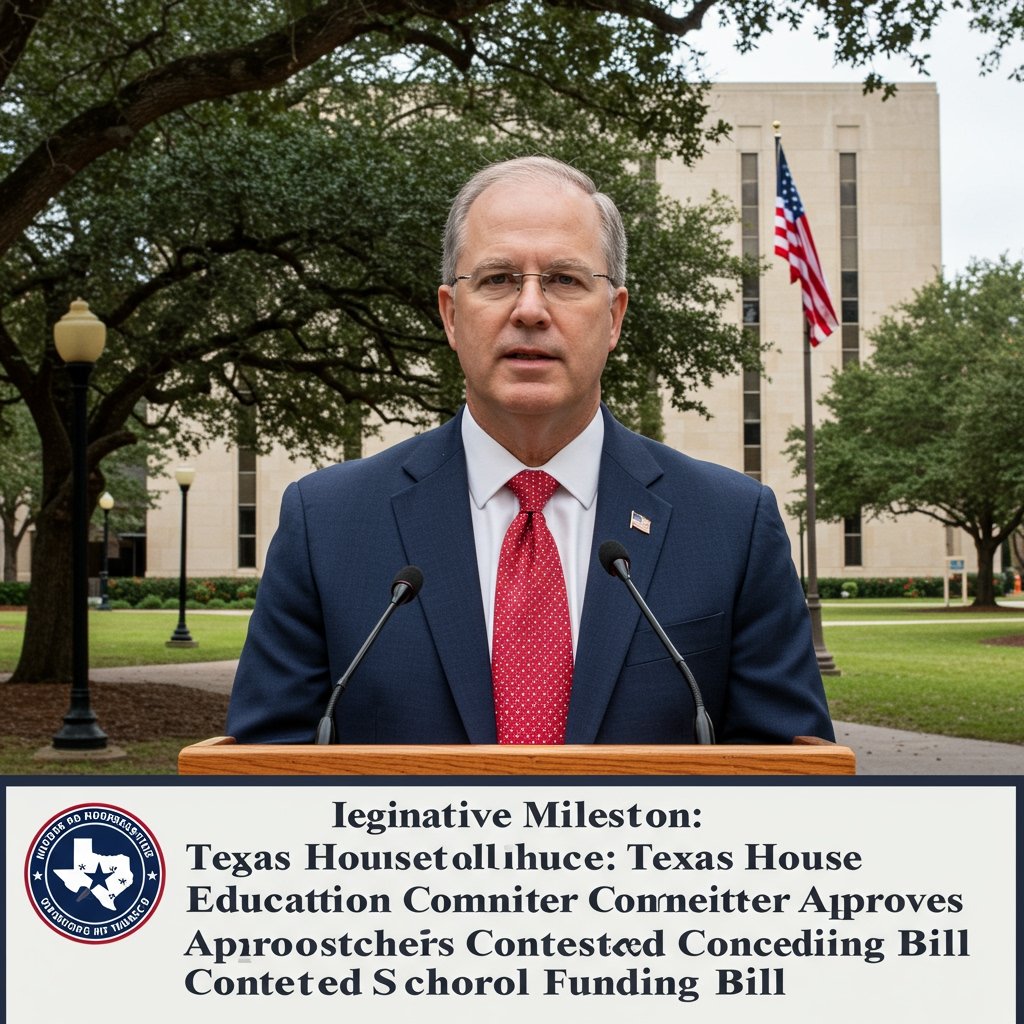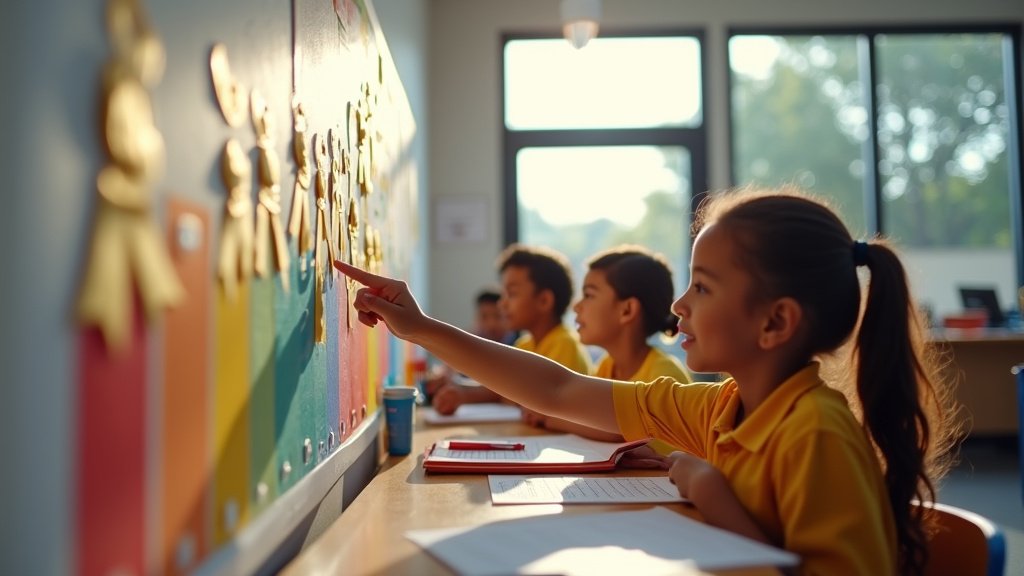Texas House Education Committee Advances Divisive School Funding Reform
A pivotal moment in Texas education policy arrived on Thursday as the Texas House Education Committee voted to advance House Bill 105, a comprehensive piece of legislation poised to reshape the state’s intricate public school funding formula. The bill, a priority for its sponsor, Representative Maria Rodriguez (D-Austin), seeks to implement a significant increase in per-student funding, proposing an additional $500 per student allocation across the state’s diverse network of school districts.
HB 105 comes at a time when Texas school districts are grappling with escalating costs across nearly every operational facet. From rising personnel salaries and benefits necessary to attract and retain qualified teachers and staff, to increasing expenses for transportation, utilities, technology upgrades, and specialized programs for students with diverse needs, the financial pressures on local education agencies are considerable. Proponents of HB 105 argue that the proposed $500 per-student increase is a necessary and timely adjustment to the basic allotment, the foundational component of state funding, designed to help districts meet these rising operational costs and maintain educational quality.
Representative Rodriguez and her allies contend that boosting the basic allotment is the most direct way to inject much-needed resources into classrooms and school facilities statewide. They emphasize that this increase would provide districts with greater flexibility to address their unique local needs, whether that involves hiring more counselors, purchasing new instructional materials, improving infrastructure, or expanding access to extracurricular activities. The aim, they state, is to provide a more robust financial foundation for all Texas students.
However, HB 105 has not advanced without significant opposition and cautionary notes. Notably, concerns have been voiced by representatives of some rural districts, who fear the bill as currently structured might not lead to equitable distribution of funding across the vast and varied Texas landscape. These districts often face distinct challenges, such as declining enrollment, large geographic areas requiring extensive transportation networks, and limited local tax bases. Critics argue that a flat per-student increase might disproportionately benefit larger, faster-growing districts with stronger local economies, while doing less to address the specific financial hurdles faced by smaller, more isolated communities.
A key point of contention revolves around the complex interplay between state funding and local property taxes in Texas’ school finance system. While the state provides a significant portion of school funding, districts also rely heavily on local property tax revenue. Critics from rural areas express concern that HB 105, depending on its final structure and how it interacts with property wealth equalization formulas (often referred to as “Robin Hood”), could inadvertently lead to an increased reliance on property tax increases at the local level. Districts with limited capacity to raise local taxes might struggle to fully capture the benefits of the state increase or could face difficult choices regarding local tax rates to maintain their educational programs. This potential outcome is particularly sensitive in rural areas where property value growth may be stagnant and residents are often more resistant to tax hikes.
During the hearing on Thursday, members of the Texas House Education Committee heard testimony from educators, administrators, parents, and advocates representing various perspectives on the bill. Discussions delved into the nuances of the state’s funding formula, the specific needs of different types of districts (urban, suburban, and rural), and the potential long-term fiscal implications of the proposed changes. While the committee ultimately voted to send HB 105 forward, the debate highlighted the deep divisions and complex considerations inherent in reforming a system that impacts millions of students and billions of taxpayer dollars.
The committee’s approval marks a crucial legislative hurdle cleared for HB 105, but it is by no means the final step. The bill now moves to the full House floor for debate. This stage will involve consideration by all members of the Texas House of Representatives, providing another opportunity for proponents and opponents to make their cases. It is possible that amendments will be proposed on the floor to address some of the concerns raised during the committee process, particularly those pertaining to equity and the potential impact on rural districts or local property taxes.
The legislative journey of HB 105 underscores the ongoing challenge of creating a school finance system in Texas that is simultaneously adequate, equitable, and sustainable for all its nearly 1,200 school districts and 5.5 million public school students. While the proposed $500 per-student increase is seen by supporters as a vital investment in the future, the path forward is fraught with complex policy decisions and competing interests. The debate on the House floor will be a critical next chapter in determining whether this controversial bill ultimately becomes law and how it will ultimately impact public education across the Lone Star State.






